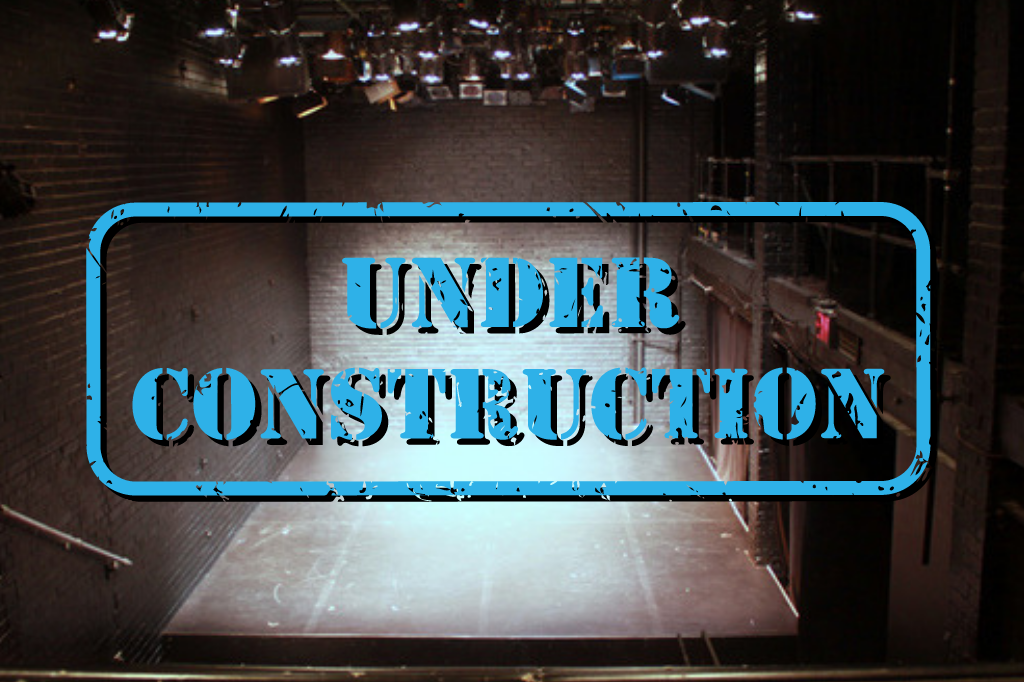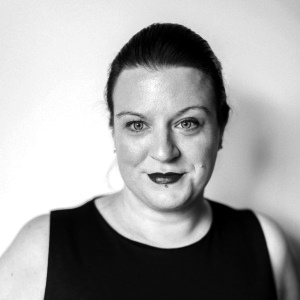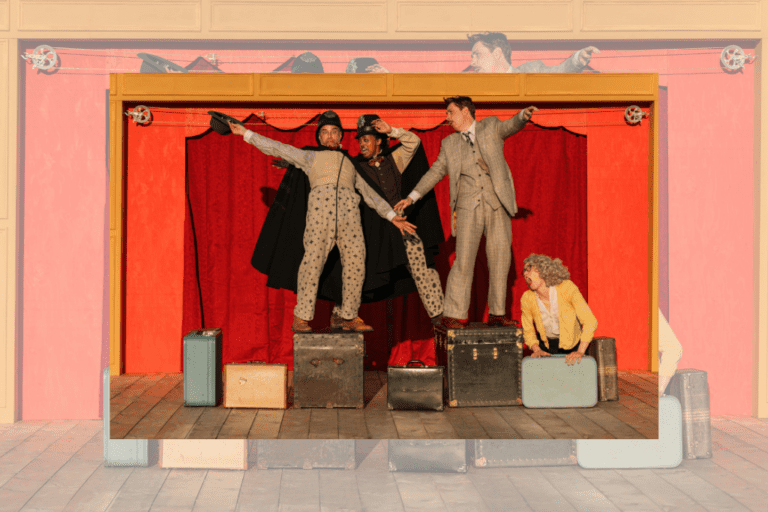Bringing Back the Backspace: In Conversation with Marjorie Chan and Charissa Wilcox
Along with the new Digital Creators Lab, Theatre Passe Muraille kicked off their 21.22 season with the announcement of renovations to their beloved Backspace, the small space where many independent works have been explored and workshopped in Toronto over the past forty-odd years. In theory, the Backspace holds about fifty people, but for anyone who hasn’t had the privilege of attending a full house there, congratulations: you didn’t have to sit in your neighbour’s lap! Like many other theatre-goers, I’m grateful for the memories of packed houses, experiencing the energy of being in a group thrilled to see something new, unique, or maybe even what will become the next big thing. But, in light of our current situation, even with vaccine mandates, the idea of such proximity with so many strangers makes me nervous: I just can’t muster up the affection for small spaces. They feel unsafe and impractical.
I spoke over Zoom with TPM Artistic Director, Marjorie Chan, and Backspace Project Manager, Charissa Wilcox, to learn about what they’re up to and how the space will be used once the renovations are complete.
Robyn Grant-Moran: So, the Backspace is getting a new look! Can you talk a bit about that?
Marjorie Chan: It really was born out of the fact that we were in the middle of a pandemic. But previous to the pandemic starting, we were examining who the Backspace was able to serve.
It had a really specific niche in terms of the independent community. We always kept it at an accessible rate in order for people to rent it and have that opportunity and bring in fifty of their best friends to produce a show there. When the pandemic hit, we were not immediately working in our spaces at all.
And when we started to work in our spaces again, we looked at the Backspace with the public health guidelines, [and we realized] we could have five to six people in that space. Five to six people — that includes onstage, a technician, and an audience!
We’ve been doing lots of exploration and works that are more immersive. So we’re putting it under the umbrella of “digital,” but it’s more works that might be augmented or some kind of extended reality, or other kinds of haptic works. These are things that everyone was beginning to explore with the pandemic, and so then we also thought, here’s an opportunity to really address that with the space!
Charissa Wilcox: I just wanted to echo what Marjorie was saying about accessibility. I find that as a production manager, the space is quite flexible in terms of, like, the retractable seating, so I think it just allows for more options and discoveries. There’s space for exploration with different shows or workshops. I think it’s a really positive project.
RGM: Did you have a solid plan when starting, or are your plans more flexible as you dismantle the space?
MC: We wanted an opportunity for more flexible seating so you could have different configurations — we wanted technical upgrades and general upgrades also. Later we recognized the need in the community to have a dance-friendly space. So that’s a need that we’ve found and added. Like with any kind of process, I think we started with an idea and started to break that down. I think we’re still in that process.
CW: Me and the crew were taking apart the stage, and there’s forty years of sawdust under there and forty years of props and lost things. At some point in time, someone must have spilt red blood because we’re taking the set away the deck away. And, and with the stables the way the brick was, it kind of looked like blood everywhere. And then there was a Halloween show or something that had severed fingers in it, and we freaked out because we thought they were real! It was this very funny, because it was just, like, this plethora of the weirdest props that you can find.
I just think that’s to be expected if you’re taking apart something that’s been there for forty years, there’s really odd things down there.
RGM: It’s an incredibly storied space. Do you have any favourite memories working in the Backspace?
MC: I actually did a bunch of shows with Theatre Direct in the Backspace. And one of them was a solo show by Kate Rigg, called Phoenix Rides a Skateboard, which I had to learn to skateboard for! It’s a one-person show with a bazillion characters. I was living in my sister’s house at that time, and the basement was not really that finished. So I just asked the stage manager, who was Kathryn Westoll, what are the dimensions of the stage? Because it was so tied into movement, I taped up the back space in my sister’s basement so I could actually rehearse and practice myself. If you lifted the carpet at my sister’s place, I had the backspace stage tapes out in my sister’s basement for years.
CW: I have fond memories of past Fringe and SummerWorks. There were so many! I think I did one of my first shows in college there in ’98. But I did it in the Mainspace. So I did not have the Backspace stage taped out in my sister’s living room, but it’s definitely there, taped into my mind!
RGM: With these renos, I expect that there will be many more memories made. It sounds like the space will be more accessible in many different ways?
CW: Part of the reason for the retractable seating is to be able to also offer space that both could be used for digital production, but provide workshop space as well. And workshop space that has technical capacity so that you can try proof of concept. I don’t think that’s really widely available, and we are always pressed for tech time and working out technical things beforehand. Proof of concept is becoming more and more important — before you actually get into the venue for tech.
MC: And there’s been a lot of conversation about accessibility regarding the disability community and often about an audience that might be disabled coming in. Accessibility is one of our priorities. It’s one of our pillars that infiltrates all we think about throughout our company and the organization. But you know, breaking down walls and innovation is part of what we do. And this is an opportunity to give agency over to artists to explore and to push the art form forward in a way that, you know, frankly, neither Charissa nor I can imagine right now. But we can populate this space with the tools for the artists that can imagine.
That’s what I hope happens, that it’s always inspiring and changing and challenging. That we have a flexible, accessible, open-armed, and open-hearted space that has tech support that can elevate other workshops, productions, or art.















Comments